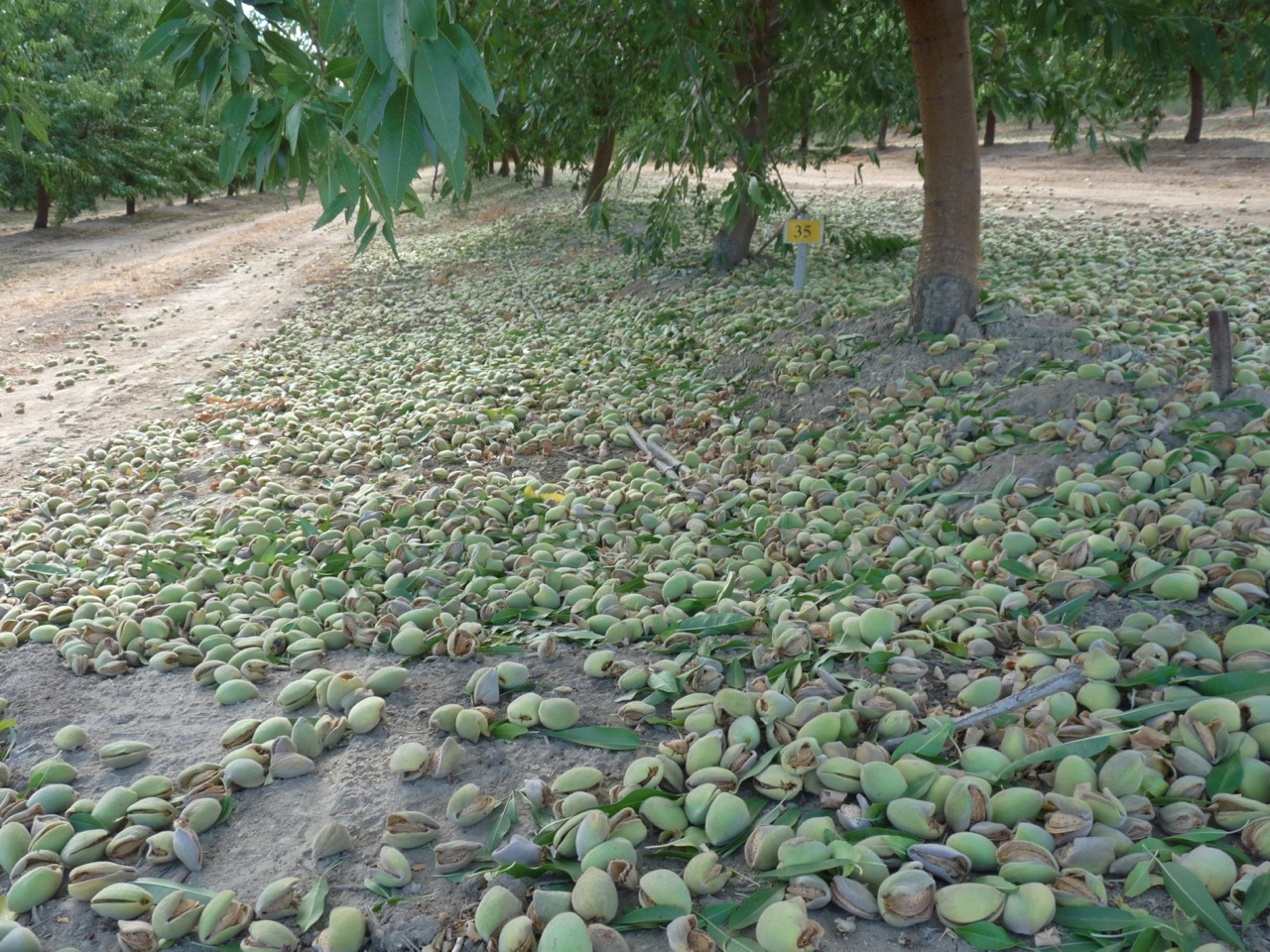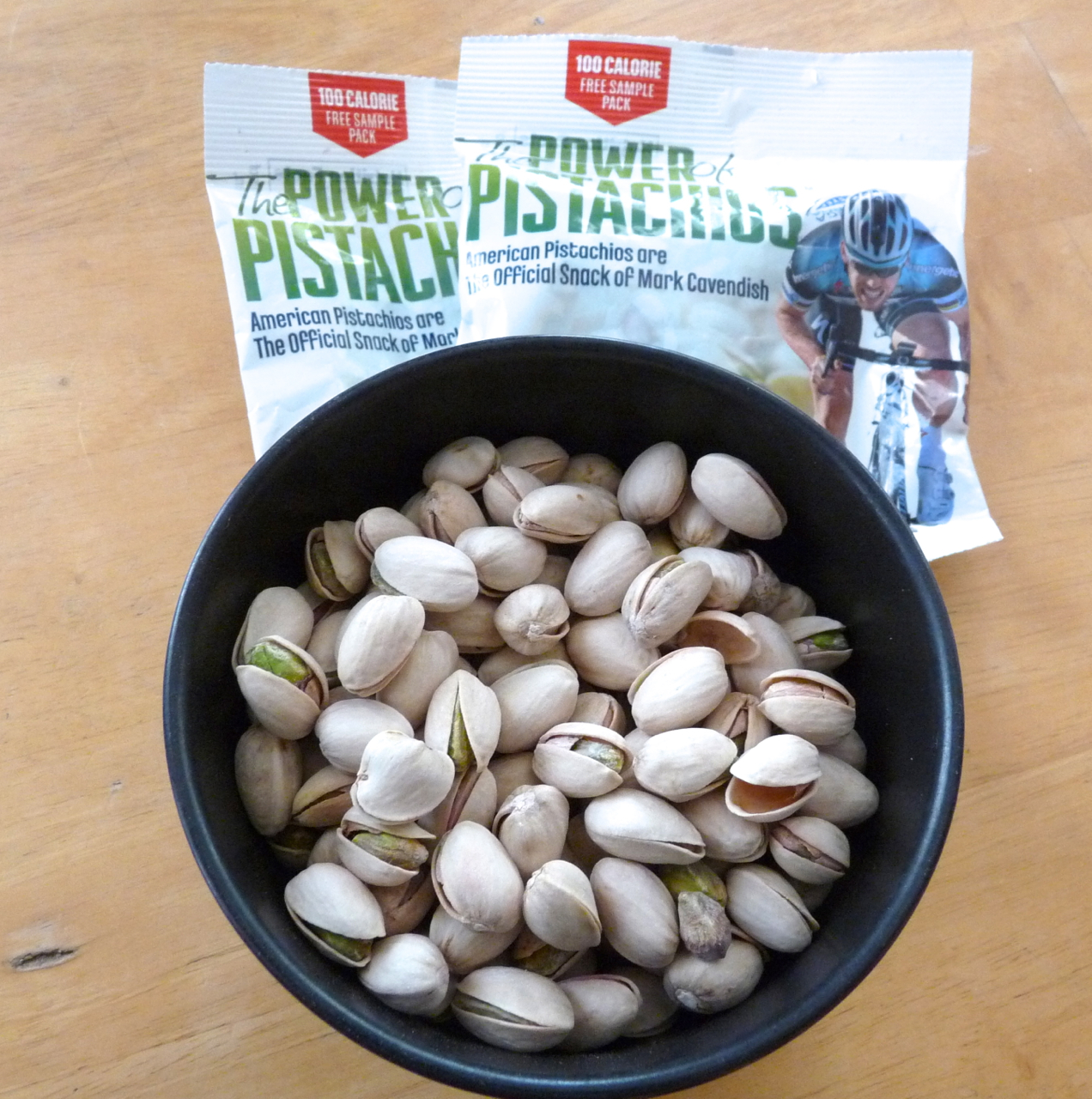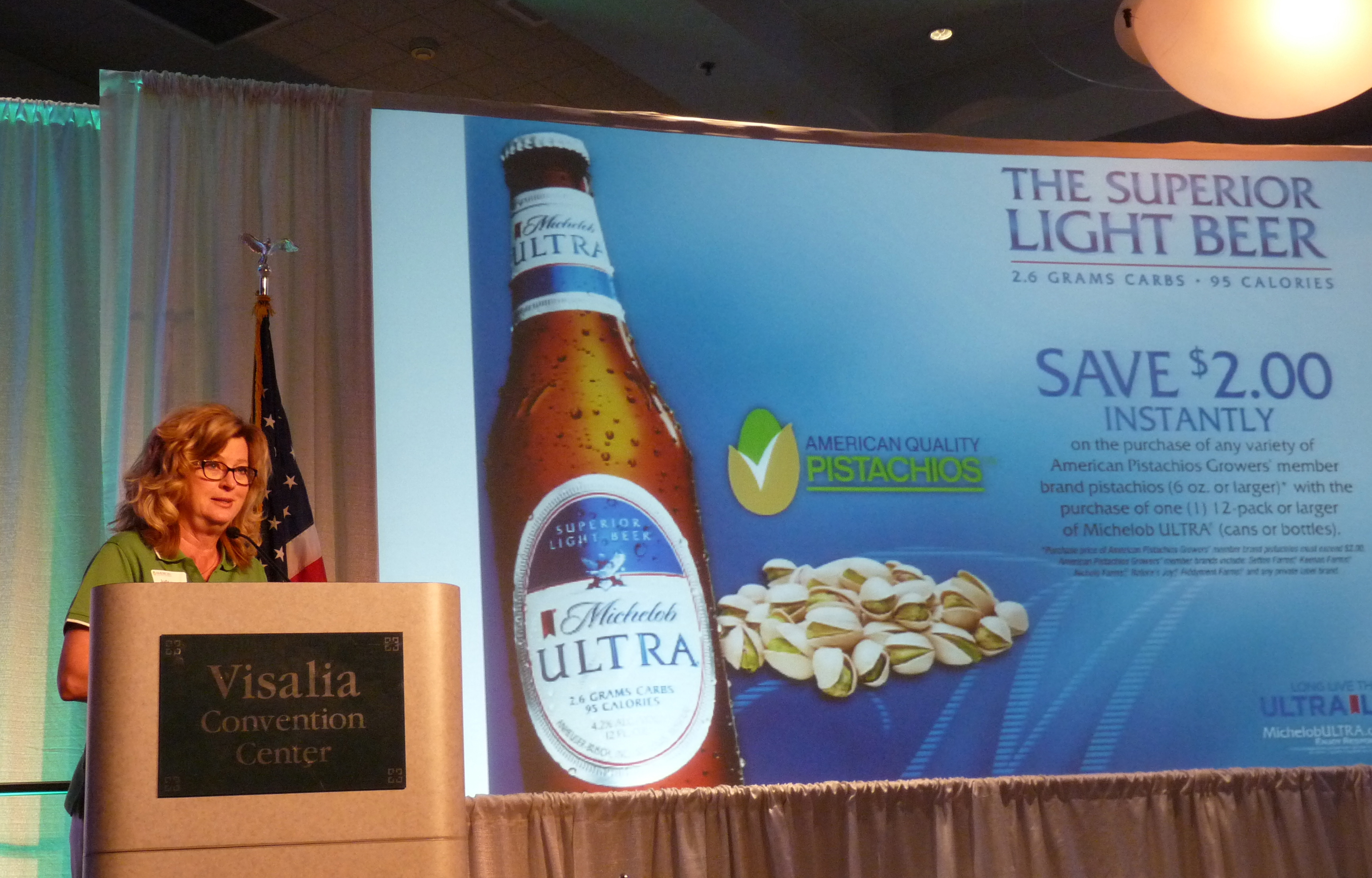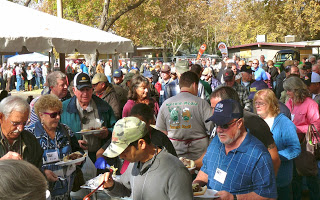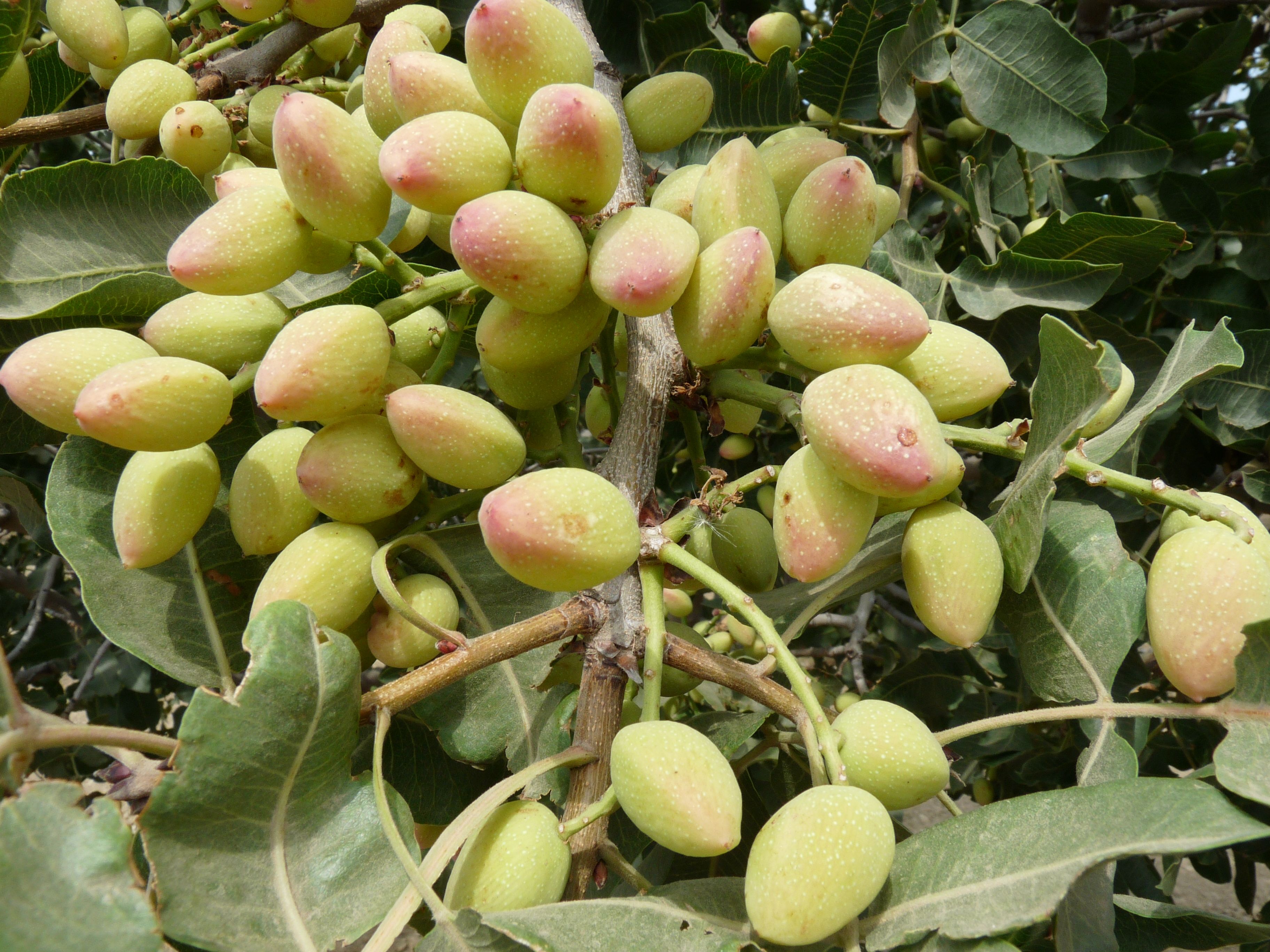Water Bond Campaign Launched by Tree Nut Industry
Tree Nut Industry Partnership to Help Fund Campaign to Pass Water Bond
The Western Agricultural Processors Association (WAPA), the Almond Hullers and Processors Association (AHPA), American Pistachio Growers (APG) and the California Pecan Growers Association have come together to help fund the campaign to support Proposition 1 – The Water Bond.
The Water Bond is a multi-pronged approach to solve a portion of the state’s water crisis by providing $7.5 million for water quality, supply, treatment, and storage projects.
The bond is on the November 2014 ballot and is completely in the hands of California voters. The participating organizations are asking their members for donations of at least $1,000 each with the goal of raising $200,000 on behalf of the tree nut industry.
Agriculture is being asked to raise $5 million towards the $20 million campaign, with labor, business and other organizations kicking in the remaining $15 million.
Other agricultural commodities, including cotton, citrus, rice, fresh fruit and dairies have already committed to contributing in excess of $100,000 each.
With over 1.5 million total tree nut acres in California, it boils down to approximately 14 cents per acre!
The organizations are asking their membership “to consider contributing and send your contributions in ASAP, as the campaign is already underway!“

